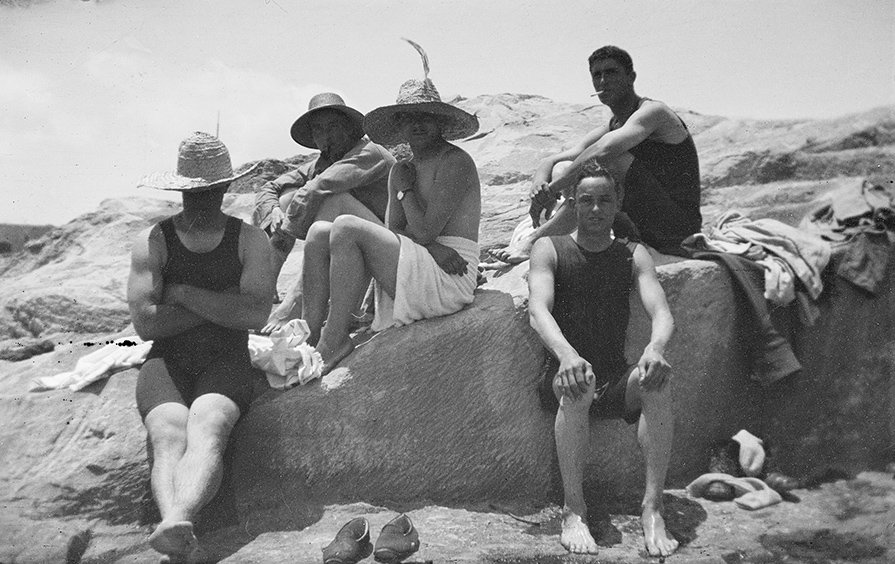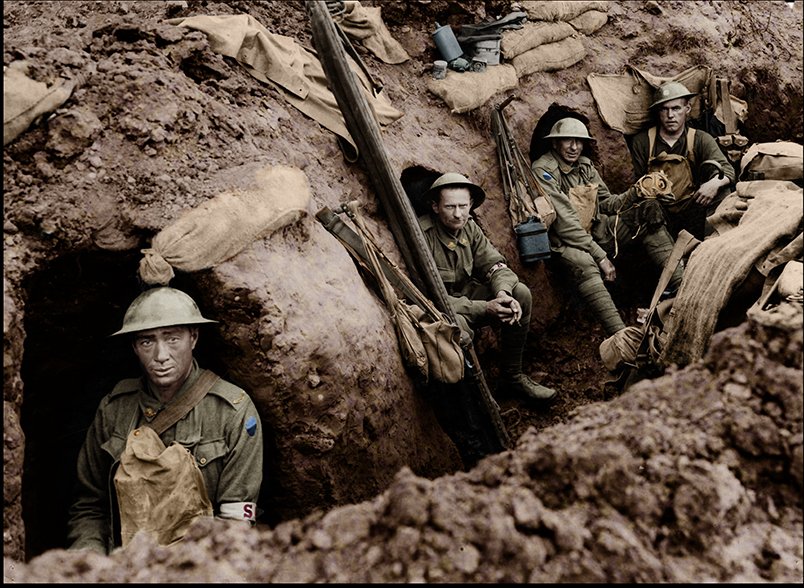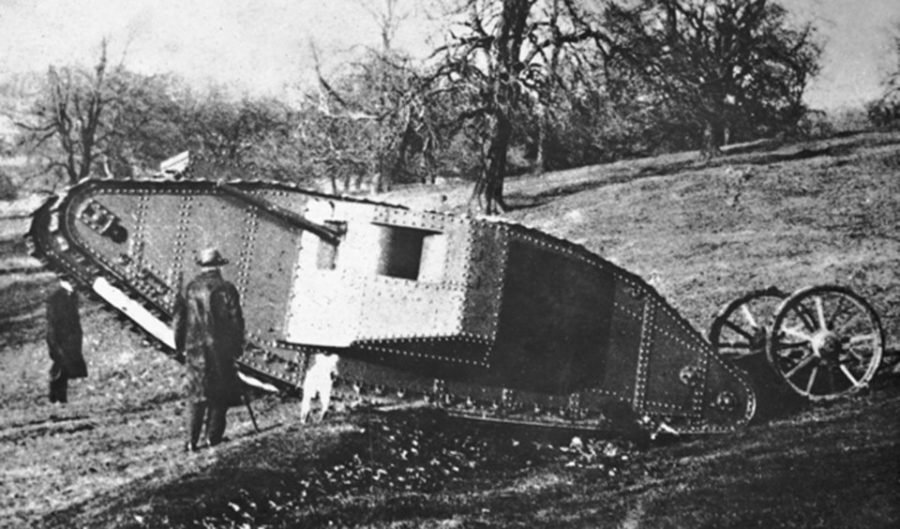
The evolution of Anzac Day from 1915 until today
Australians have commemorated Anzac Day on 25 April for more than a century, but the ceremonies and their meanings have changed significantly since 1915.

Australians have commemorated Anzac Day on 25 April for more than a century, but the ceremonies and their meanings have changed significantly since 1915.

Many mainstream Aussie words like “digger” and even the word “Aussie” itself have their origins in the trenches of WWI.

Albert Borella travelled more than 1000km to enlist for WWI. For his bravery, he received the Victoria Cross

Monochrome images of war-torn landscapes, of dark skies and mud-laden boots trigger a distant memory of a bygone era. But not anymore. For over five years, policeman Juan Mahony persevered to revitalise a collection of World War I images, in colour, to make this slice of our history more accessible. Working alongside a team of digital artists, he made many visits to museums, studying original army uniforms and equipment from the Australian War Memorial, to achieve a real-life colour representation of individual soldiers and their stories. Juan was inspired by the 1916 death of his great uncle on the Western Front to get every detail right. He published the images in his book: The Digger’s View.

Australians have contributed some very significant firsts throughout history. Here are a few of the less well-known.